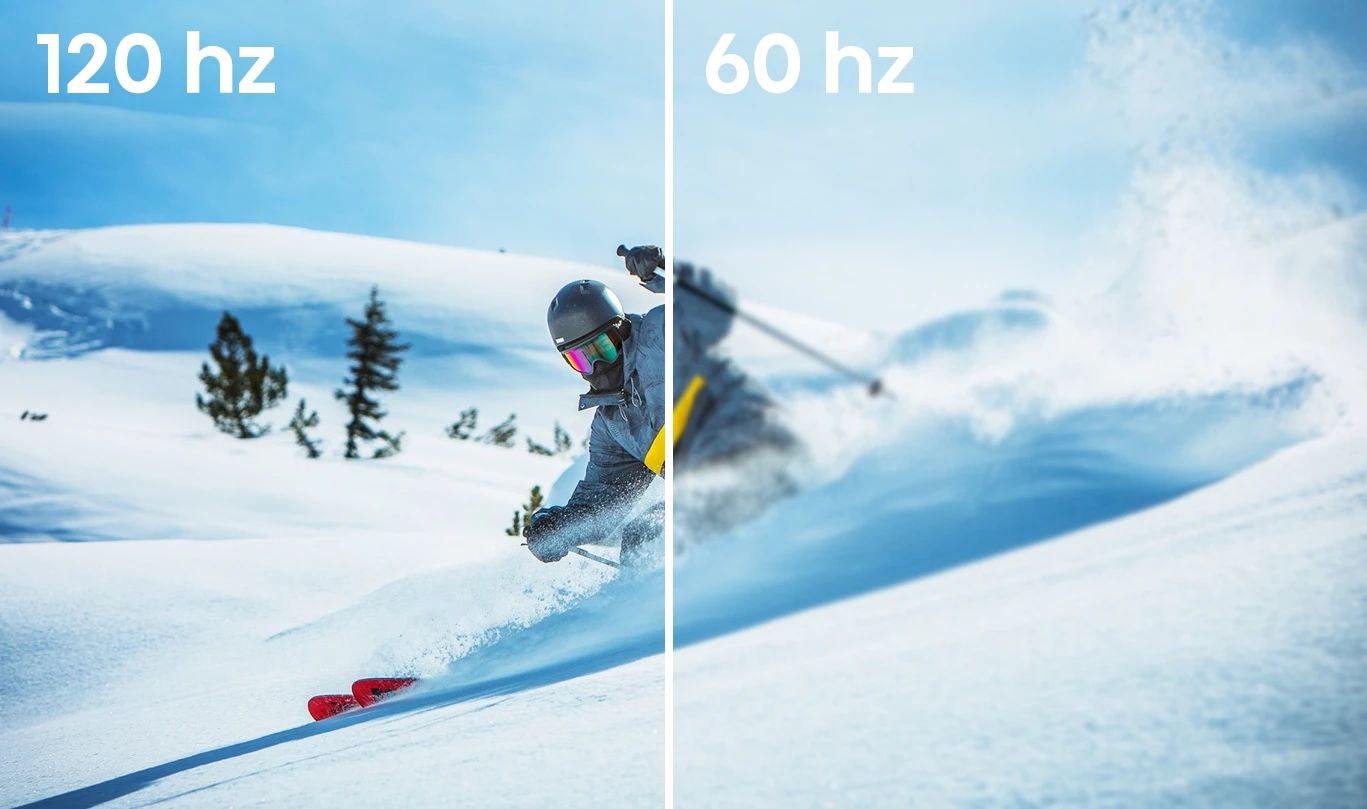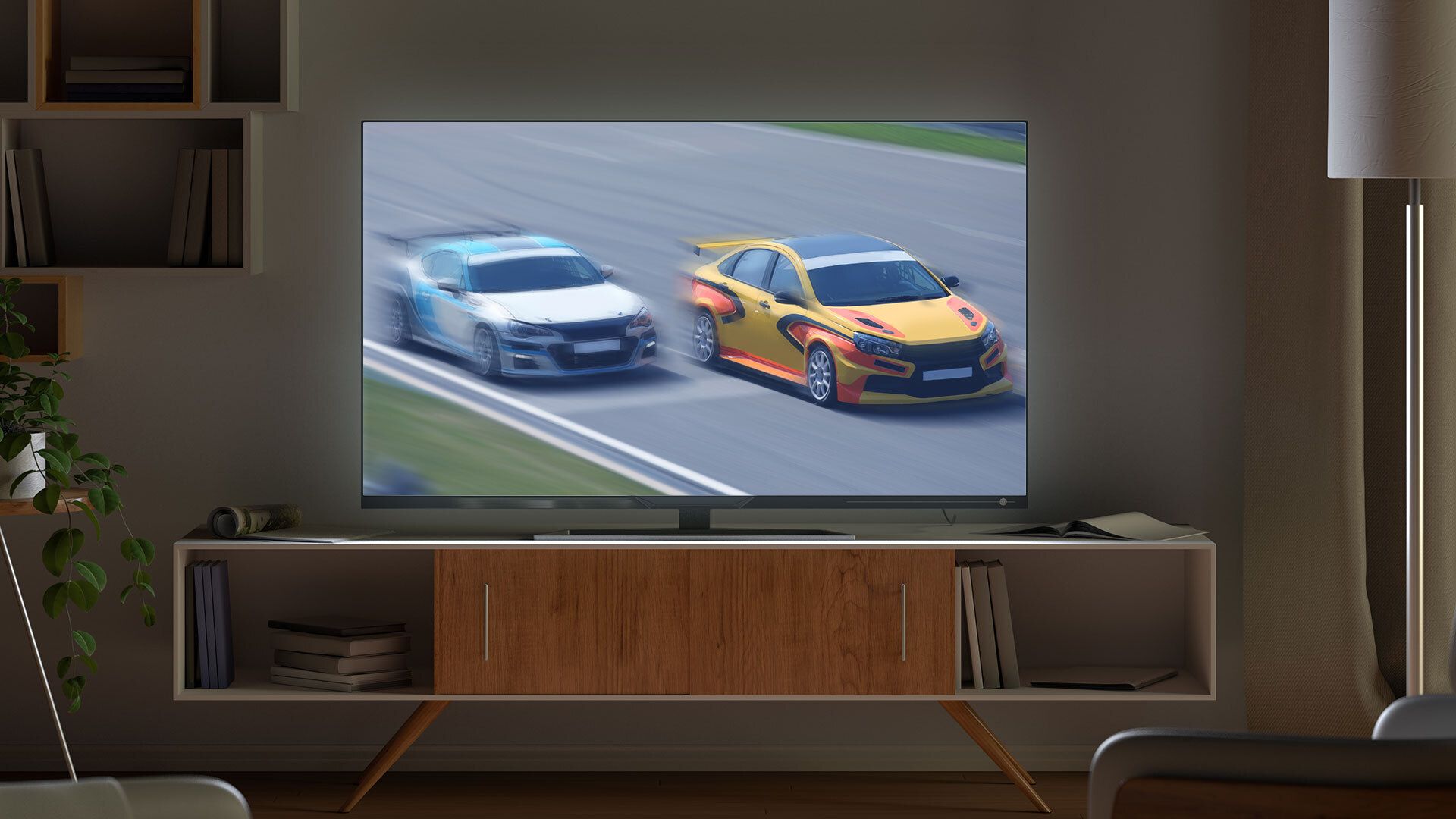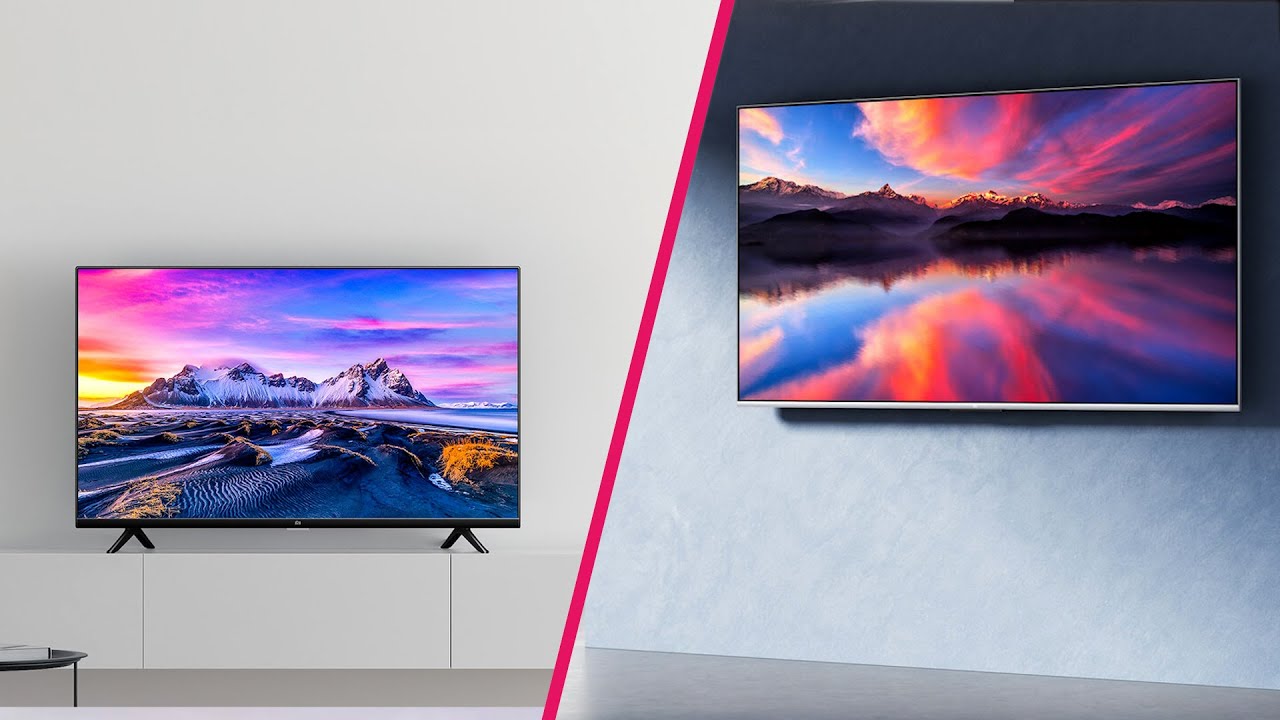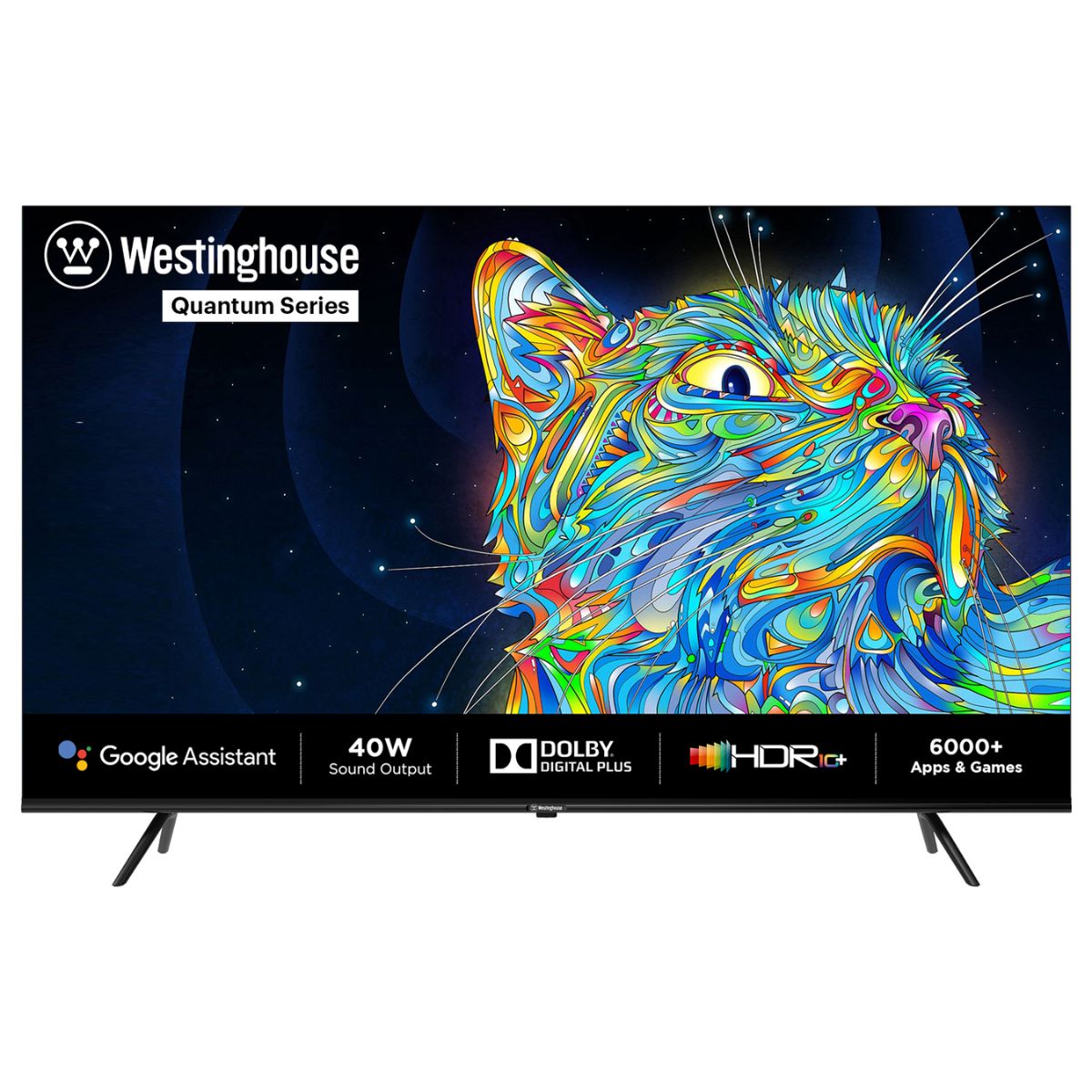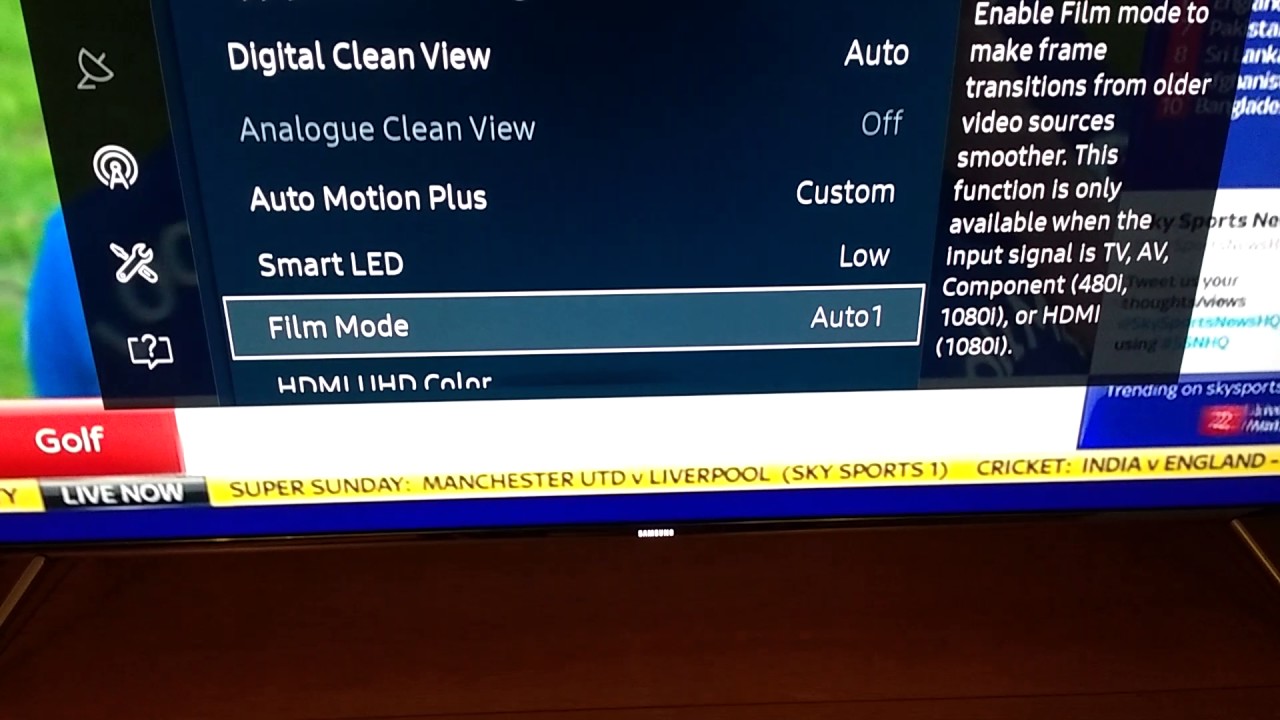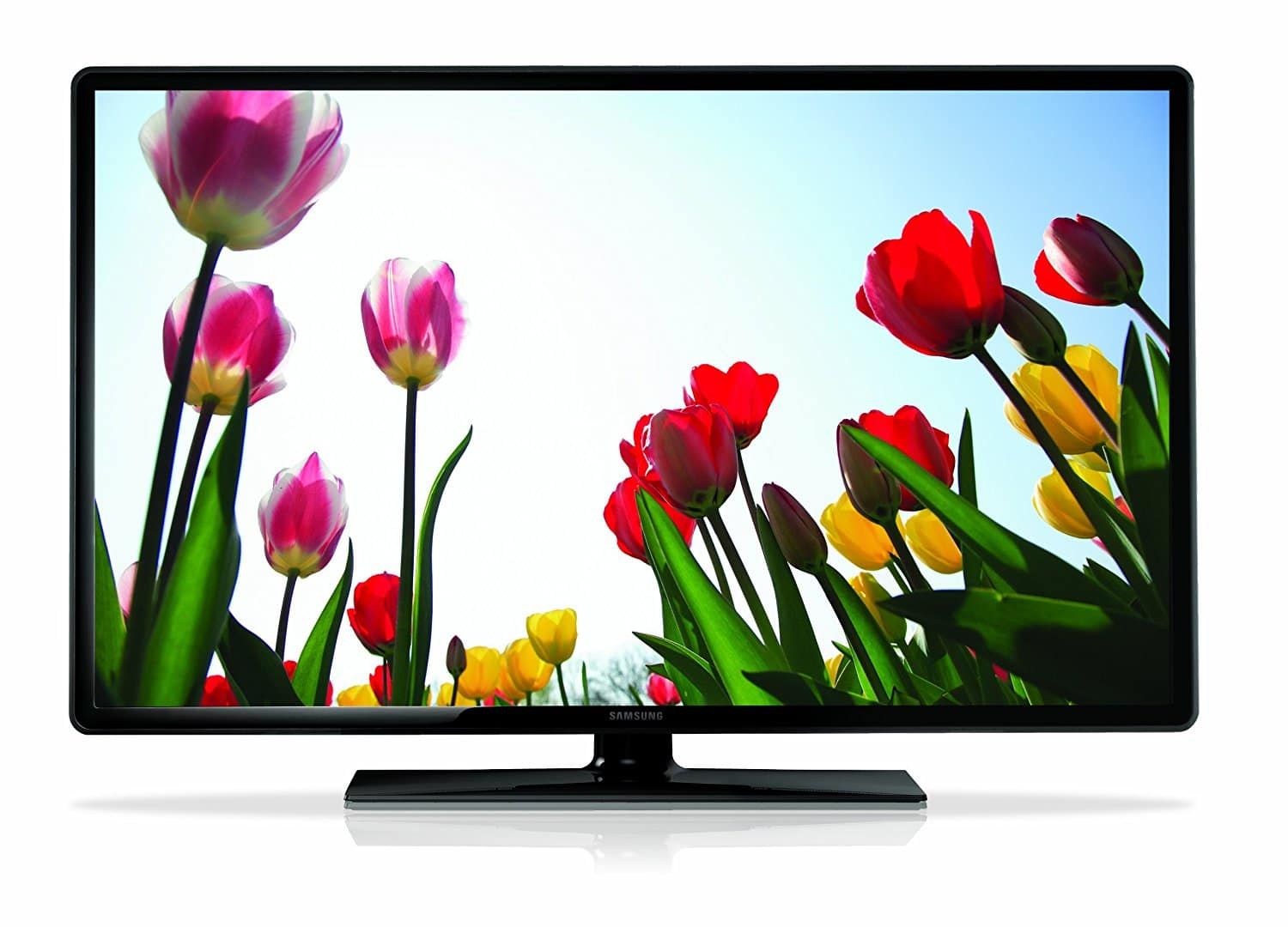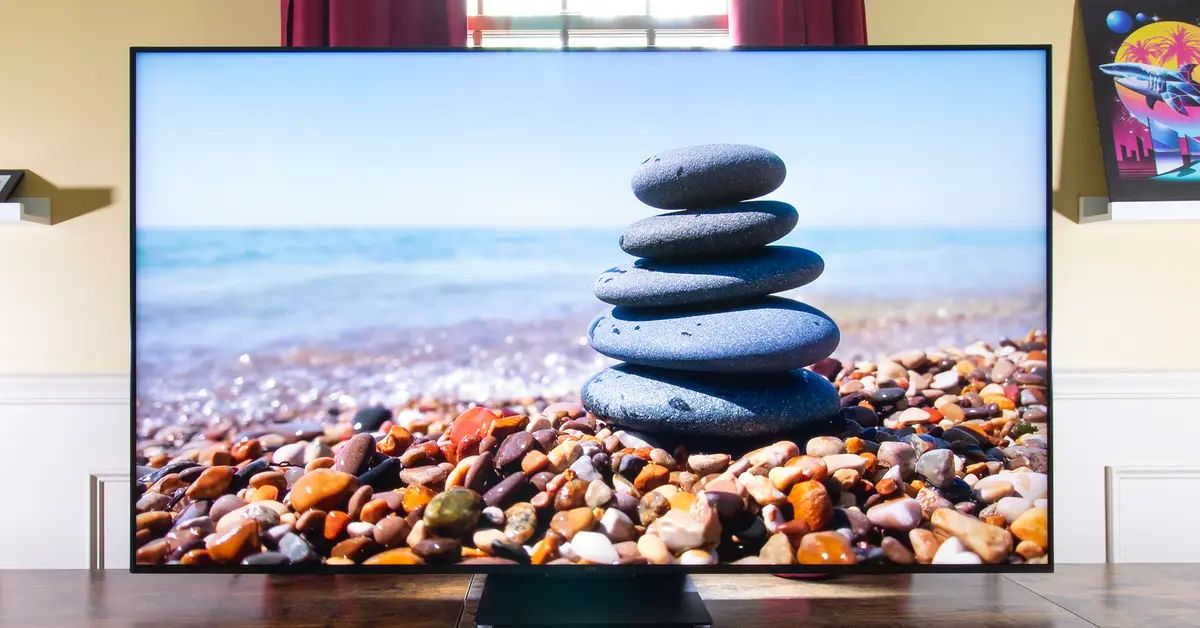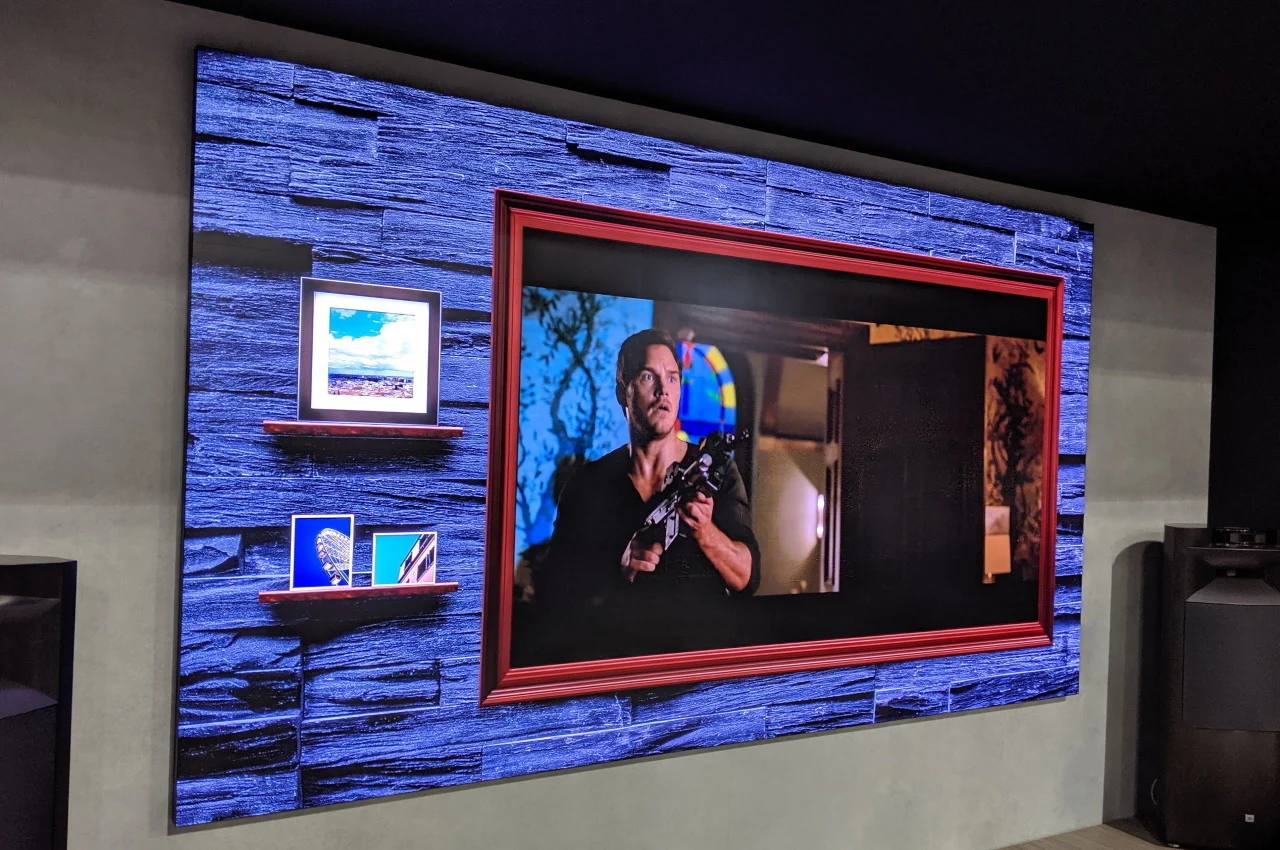Introduction:
Welcome to the world of LED TVs, where picture quality and technology have come a long way. When shopping for a new LED TV, you may have come across the term “Hz” and wondered what it means. Hz, or Hertz, is a measurement unit used to indicate the refresh rate of a television. But what exactly is Hz in LED TVs, and why is it important?
In this article, we will explore the concept of Hz in LED TVs and its significance in determining the quality of your viewing experience. We will discuss how the refresh rate affects the smoothness and clarity of the images displayed on the screen, as well as the factors that can influence the Hz rate of an LED TV. By the end of this article, you will have a better understanding of what Hz means and how it plays a role in choosing the right LED TV for your needs.
So, let’s dive in and demystify the fascinating world of Hz in LED TVs!
What is Hz in LED TV?
Hz, or Hertz, refers to the refresh rate of an LED TV. It measures how many times per second the TV’s display can update its content. The Hz rate is often displayed as a number followed by “Hz” (e.g., 60Hz, 120Hz, 240Hz). A higher Hz rate means that the TV can update the image on the screen more frequently, resulting in smoother motion and reduced motion blur.
When you watch a movie or a fast-paced sports event on an LED TV, the images on the screen are made up of a series of still frames. The Hz rate determines how many frames can be shown per second. A higher Hz rate ensures a more seamless transition between frames, creating a smoother and more immersive viewing experience.
For example, a TV with a refresh rate of 60Hz can display up to 60 frames per second, while a TV with a refresh rate of 120Hz can display up to 120 frames per second. This means that the 120Hz TV can update the screen twice as fast as the 60Hz TV, resulting in smoother motion and less motion blur.
It’s important to note that not all content or broadcasts are recorded in high frame rates. Most movies and TV shows are filmed in 24 frames per second (fps), while live broadcasts and sports events are typically recorded in 60 fps. Therefore, the Hz rate of your TV will determine how well it can handle different types of content and ensure a smooth viewing experience.
Now that we have a basic understanding of what Hz means in LED TVs, let’s explore why it is important and how it can impact your overall TV viewing experience.
Understanding Refresh Rate
To truly grasp the significance of Hz in LED TVs, it’s essential to understand the concept of refresh rate. Refresh rate refers to the number of times per second that the TV updates and refreshes the image on the screen. It is measured in hertz (Hz), and a higher refresh rate means that the TV can display more frames per second, resulting in smoother motion and a clearer picture.
Imagine watching a fast-paced action scene on a TV with a low refresh rate. The motion may appear choppy, and you might notice blurring or ghosting effects. This is because the TV cannot keep up with the rapid motion and is unable to refresh the image quickly enough to maintain smoothness. On the other hand, a high refresh rate allows the TV to update the screen more frequently, reducing motion blur and providing a more lifelike viewing experience.
The refresh rate directly affects the perceived motion clarity of the TV. A higher refresh rate minimizes motion artifacts and ensures that objects on the screen appear sharper and more defined, especially during fast-moving scenes. This improvement in motion clarity is particularly noticeable when watching sports events, action movies, or playing video games.
However, it’s important to note that having a high refresh rate alone does not guarantee a superior viewing experience. The content you’re watching must also be compatible with the refresh rate. For instance, if you’re watching a movie that is recorded in 24 frames per second, a TV with a refresh rate of 120Hz may not provide a significant advantage over a TV with a refresh rate of 60Hz.
Additionally, not all LED TVs are capable of displaying true native high refresh rates. Some manufacturers may use techniques such as backlight manipulation or frame insertion to simulate higher refresh rates. While this can improve motion smoothness to some extent, it may not match the performance of a TV with a true native high refresh rate.
Having a good understanding of refresh rate is crucial when shopping for an LED TV. By considering the refresh rate as an important parameter, you can choose a TV that offers the optimal balance between motion clarity and your viewing preferences.
The Importance of Hz in LED TVs
The Hz, or refresh rate, of an LED TV plays a crucial role in determining the quality of your viewing experience. It directly impacts the smoothness of motion, clarity of images, and overall visual performance. Here are some key reasons why Hz is important in LED TVs:
1. Motion smoothness: A higher refresh rate ensures smoother motion on the screen. It reduces motion blur and makes fast-paced action scenes, sports events, and video games look more fluid and realistic. With a higher Hz rate, you’ll enjoy a more immersive experience as the movement on the screen is rendered with greater precision and clarity.
2. Reduced motion artifacts: Motion artifacts such as ghosting or trailing can be distracting and diminish the quality of the picture. A higher Hz rate helps to minimize these artifacts, resulting in sharper and more defined images during fast motion. This is particularly important when watching sports or other high-action content.
3. Enhanced image quality: With a higher refresh rate, LED TVs can display more frames per second, leading to a clearer and more detailed picture. This is especially noticeable when watching high-definition content, as the additional frames contribute to improved image sharpness and fine details.
4. Gaming experience: For gamers, the Hz rate is essential for a smooth and responsive gaming experience. A higher refresh rate reduces input lag and provides a more instantaneous response to the actions performed on the controller. This can be particularly advantageous for competitive gaming, where split-second reactions can make a difference.
5. Future-proofing: Investing in an LED TV with a higher Hz rate can help future-proof your purchase. As technology advances and content production increases to higher frame rates, a TV with a higher refresh rate will be better equipped to handle the demands of future content, ensuring that you can enjoy a superior viewing experience for years to come.
It’s important to note that the importance of Hz varies depending on individual preferences, the content being watched, and the architecture of the TV panel itself. While a higher Hz rate generally signifies better performance, it’s essential to find a balance that meets your specific needs and budget.
Now that we understand the importance of Hz in LED TVs, let’s explore the factors that can influence the refresh rate of an LED TV and the common Hz rates found in the market.
Factors Affecting the Refresh Rate
The refresh rate of an LED TV can be influenced by several factors, which can impact its performance and the quality of the viewing experience. Here are some key factors that can affect the refresh rate:
1. Panel Technology: The type of panel used in an LED TV can have an impact on its refresh rate. There are primarily two types of panels: LCD (Liquid Crystal Display) and OLED (Organic Light-Emitting Diode). While LCD panels traditionally have lower refresh rates, OLED panels are capable of higher refresh rates, providing smoother motion and a more vibrant picture quality.
2. Processing Power: The processing power of the TV’s internal components, such as the processor and graphics card, can affect the refresh rate. Higher-end LED TVs are often equipped with more powerful processors and dedicated graphics cards, enabling them to handle higher refresh rates and ensure seamless motion on the screen.
3. Content Source: The source of the content being displayed on the TV can also impact the refresh rate. Different devices, such as gaming consoles, Blu-ray players, and streaming devices, have varying capabilities when it comes to outputting content at higher frame rates. Additionally, the content itself needs to be produced at higher frame rates to take full advantage of a TV’s higher refresh rate.
4. Connectivity: The connection type used between the TV and external devices can impact the refresh rate. HDMI cables, particularly the older HDMI versions, may not support higher refresh rates. It’s important to ensure that the cables and ports you are using are capable of transmitting the necessary data for high refresh rate content.
5. Motion Enhancement Technology: Many LED TVs feature motion enhancement technologies that can artificially increase the perceived refresh rate. These technologies, such as motion interpolation or backlight scanning, insert additional frames between the original frames to create smoother motion. While they can improve motion clarity, they may also introduce artifacts and cause the “Soap Opera Effect,” altering the natural look of the content.
Considering these factors when purchasing an LED TV can help you choose a model that delivers the desired refresh rate performance for your viewing needs. Keep in mind that a higher refresh rate doesn’t always guarantee a better viewing experience if other factors are not optimized.
Now that we understand the factors that can influence the refresh rate of an LED TV, let’s explore the common Hz rates found in LED TVs and how to choose the right one for your preferences.
Common Hz Rates in LED TVs
LED TVs are available in a wide range of refresh rates, each offering different levels of motion clarity and performance. Here are some common Hz rates found in LED TVs:
1. 60Hz: The 60Hz refresh rate is the most basic and common option available in LED TVs. It means that the TV can display up to 60 frames per second. While adequate for most casual viewing, this refresh rate may not deliver the smoothest motion clarity, especially during fast-paced action scenes or sports events.
2. 120Hz: TVs with a 120Hz refresh rate are more capable of handling motion with improved smoothness. They can display up to 120 frames per second, offering a noticeable enhancement over 60Hz TVs. The higher refresh rate helps reduce motion blur and provides a crisper image, particularly during fast-moving content.
3. 240Hz: LED TVs with a 240Hz refresh rate take motion clarity to the next level. They can display up to 240 frames per second, resulting in incredibly smooth motion and minimal motion artifacts. 240Hz TVs are ideal for avid sports enthusiasts, gamers, and those who value the utmost precision in motion handling.
It’s worth mentioning that some manufacturers use advanced motion enhancement technologies, such as backlight scanning, black frame insertion, or motion interpolation, to simulate higher refresh rates. These technologies can make the motion appear smoother, even on TVs with lower native refresh rates. While they can enhance the viewing experience, they may also introduce artifacts or alter the original content’s look, known as the “Soap Opera Effect.”
When choosing the right refresh rate for your LED TV, it’s important to consider your specific needs and preferences. If you primarily watch movies and TV shows, a 60Hz or 120Hz TV might suffice. However, if you’re an avid gamer or enjoy watching fast-paced sports or action content, a higher refresh rate, such as 240Hz, can provide the best motion clarity.
Ultimately, the choice of an LED TV’s refresh rate should be based on your personal viewing habits, the content you consume, and your budget. It’s also essential to consider other factors like panel technology, connectivity options, and the processing power of the TV for an overall optimized viewing experience.
Now that we have explored the common Hz rates found in LED TVs, let’s conclude by summarizing the key points and offering some final thoughts.
Choosing the Right Hz Rate
When selecting an LED TV, it’s important to choose the right Hz rate that suits your specific needs and preferences. Here are some considerations to help you make an informed decision:
1. Content Preferences: Think about the type of content you watch the most. If you’re primarily interested in movies, TV shows, and casual viewing, a TV with a 60Hz or 120Hz refresh rate should be sufficient. However, if you’re an avid gamer or enjoy fast-action sports, a higher refresh rate of 240Hz may provide a smoother and more immersive experience.
2. Budget: Consider your budget when choosing an LED TV. Higher refresh rates often come with a higher price tag. Determine how much you’re willing to invest and where you can find the best balance between refresh rate, screen size, and other features that are important to you.
3. Future-Proofing: If you want to future-proof your TV purchase, consider opting for a higher refresh rate. As content production continues to evolve and higher frame rates become more common, a TV with a higher Hz rate will be better equipped to handle the demands of future content, ensuring a more enjoyable viewing experience for years to come.
4. Brand and Model: Research different TV brands and models to find the best combination of features and performance that align with your preferences. Read reviews, compare specifications, and consider consulting with experts to help you make an informed decision.
5. Personal Preference: Ultimately, your personal preference should guide your decision. What looks and feels good to your eyes is subjective. Consider visiting physical stores to see the TVs in person and determine which refresh rate and picture quality resonate most with you.
Remember that the refresh rate is just one aspect of an overall TV viewing experience. Other factors such as panel technology, resolution, contrast, and color accuracy also contribute to the overall image quality. It’s a combination of all these factors that create an immersive and enjoyable viewing experience.
By considering your content preferences, budget, future needs, brand reputation, and personal preferences, you can choose the LED TV with the right Hz rate that complements your viewing habits and delivers a captivating visual experience.
Now that we have explored the factors to consider when choosing the right Hz rate, let’s wrap up with a summary of the key points discussed throughout this article.
Conclusion
Understanding the concept of Hz in LED TVs is essential for making an informed purchasing decision. The Hz, or refresh rate, determines how smoothly motion is displayed on the screen, impacting the overall visual experience. A higher refresh rate results in smoother motion, reduced motion blur, and enhanced picture quality.
We have explored the importance of Hz in LED TVs, understanding that it directly influences motion smoothness, reduces motion artifacts, and enhances image quality. Factors such as panel technology, processing power, content source, connectivity, and motion enhancement technologies can affect the refresh rate and overall performance of an LED TV.
Common Hz rates found in LED TVs include 60Hz, 120Hz, and 240Hz, each catering to different viewing preferences and content types. Choosing the right Hz rate depends on factors such as your content preferences, budget, future-proofing needs, brand and model considerations, and personal preference.
Ultimately, the goal is to find the right balance between refresh rate and other important factors, including panel technology, resolution, contrast, and color accuracy, to create an optimal viewing experience that suits your requirements.
When shopping for an LED TV, take the time to research and compare different models, read reviews, and consider your specific needs and preferences. Visiting physical stores to see the TVs in person can also help you make a more informed decision.
By understanding Hz in LED TVs and considering all the relevant factors, you can choose an LED TV that provides the best motion clarity and overall picture quality, ensuring an engaging and satisfying viewing experience for years to come.







